Chow Mein vs. Lo Mein: What's the Difference?
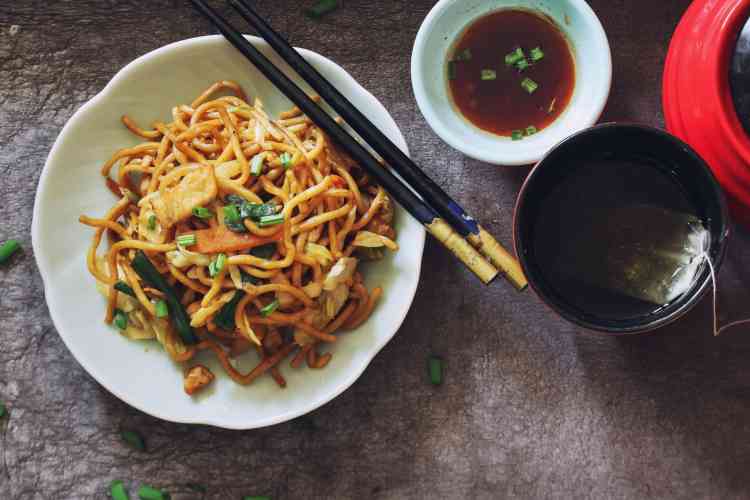
So you’re looking through the menu of your favorite takeout restaurant when a question strikes you: What’s the difference between chow mein vs. lo mein? They’re clearly different things, but they sound so similar. What sets them apart from each other?
“Chow vs. lo mein” is a common conversation topic among those who love Chinese food, and who doesn’t love Chinese food? While the difference between lo mein and chow mein is fairly straightforward, there’s still plenty of confusion around these two foods. With this in mind, we’re here to set the record straight so you know what you really want to order (or, better yet, make for yourself!). So, exactly what is the difference between chow mein and lo mein? Read on to find out!
Jump to Section
- What Is Chow Mein?
- What Is Lo Mein?
- Chow Mein vs. Lo Mein: Key Differences
- Learn How to Cook Chow Mein and Lo Mein
What Is Chow Mein?
In order to discern the differences between lo mein vs. chow mein, it’s important to know what the terms mean. “Chow mein” translates to “fried noodles,” and if you ask us, that already sounds delicious. It’s a dish made up of egg noodles, vegetables, eggs, meat (if you want) and sauce, but the noodles are the most important part. They can be either crispy or steamed.
Crispy chow mein refers to noodles that are fried and pressed in a wok full of hot oil until they become crispy and golden brown. The result is a delightfully crunchy meal.
On the other hand, steamed chow mein involves cooking the noodles by steaming them instead of frying them. The noodles are usually boiled first to partially cook them, and then they get stir-fried later on. They tend to be oily (but still wonderful).
Still wondering what the difference is between chow mein and lo mein? Here are some handy tips to discern whether your favorite noodle dish is chow mein:
- Crispy chow mein noodles have a crispy texture.
- Steamed chow mein noodles are oily.
- The noodles should be the star of the show, with minimal added protein and veggies.
- The sauce should lightly coat the noodles, without overpowering them or weighing them down.
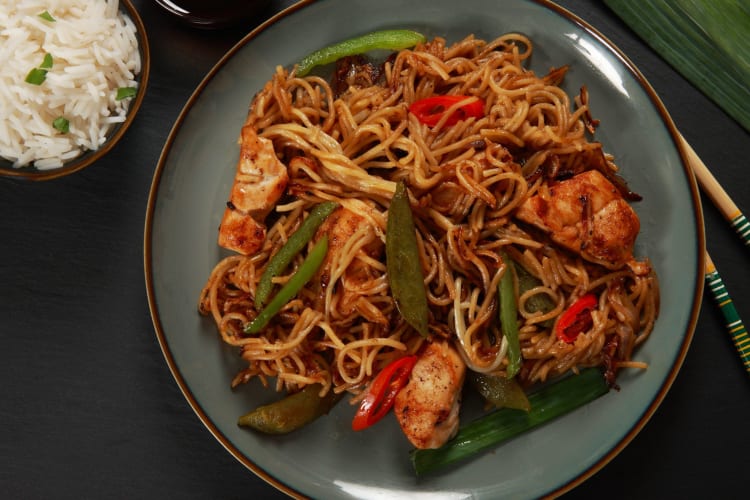
What Is Lo Mein?
Lo mein is another popular and delicious Chinese noodle dish you can find at almost any Chinese restaurant. It translates to “tossed or mixed” noodles. So what’s the difference between chow mein vs. lo mein?
While these noodles are also tossed with sauce and other add-ins in a stir fry, they remain soft and chewy — one of the key attributes you’ll want to look out for when deciding between chow mein vs. lo mein. The noodles are pre-cooked, so they tend to enter the wok near the end of cooking.
Another difference is in the sauce. In lo mein, the sweet and savory sauce — made from soy sauce, garlic, sesame oil and oyster sauce (alongside other ingredients) — coats the noodles and add-ins perfectly. Chow mein is much lighter on sauce, using very little, if any at all.
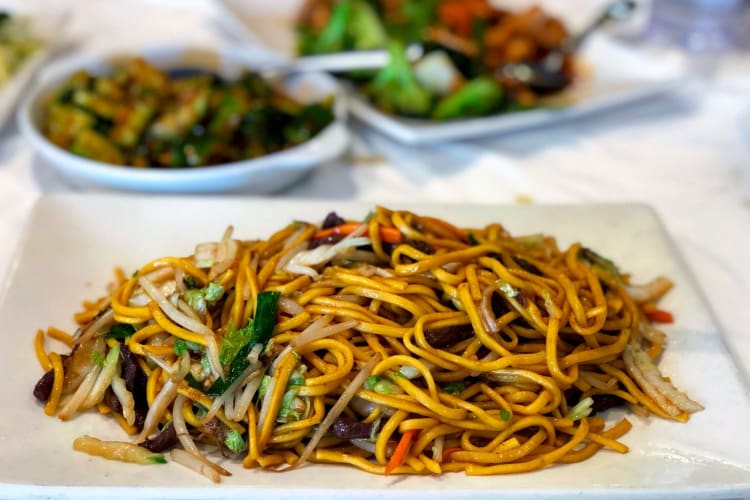
Chow Mein vs. Lo Mein: Key Differences
Here is a quick rundown of the differences between chow mein and lo mein:
-
Star Ingredient: The noodles steal the show more in chow mein vs. lo mein. In lo mein, the sauce is the star feature.
-
Cooking Method: Both of these meals are stir-fried in the wok. However, chow mein is either crispy and crunchy or soft and oily depending on the type. Lo mein noodles are added last after being pre-cooked.
-
Texture: Crispy chow mein is crunchy and golden brown. Steamed chow mein is soft and oily. Lo mein is soft and saucy.
-
Type of Noodle: Both of these dishes use egg noodles. However, with chow mein, the noodles are fried or steamed and then fried. Lo mein noodles are either pre-cooked or completely soft and fresh.
-
Sauce: For both of these dishes, the sauces are made of similar ingredients (including, but not limited to, soy sauce, oyster sauce, sugar and sesame oil). In lo mein, however, there’s more sauce, and the balance of sweet and savory is more important.
To taste the difference for yourself, why not try cooking this vegetable lo mein recipe at home? Provided you have the appropriate Asian cooking utensils, this dish is not only delicious, but it’s also an incredibly simple meal that’s sure to satisfy even the fussiest of palates, perfect when you need an easy week-night win.
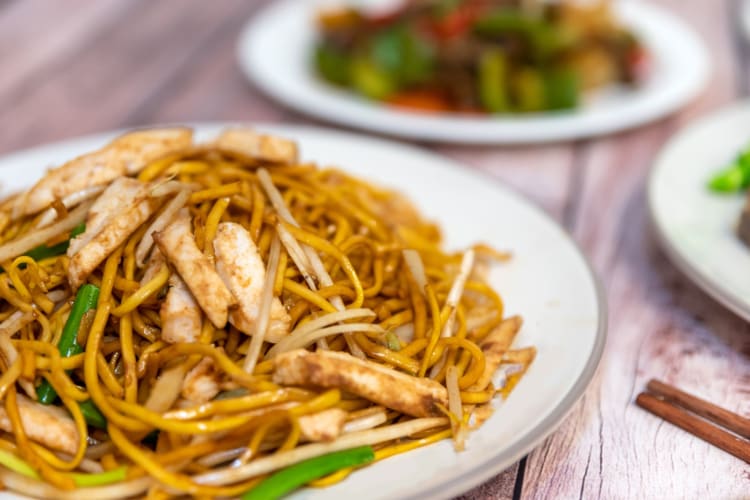
Chow Mein vs. Lo Mein Noodles
If you’re wondering whether the difference between chow mein vs. lo mein lies in the type of noodles they’re made from, you might be interested to know that they’re both, in fact, made using the same kind of fresh Chinese egg noodles.
This may come as a surprise to those already familiar with the taste differences between chow mein vs. lo mein since the two preparation methods yield different results. In the case of chow mein, the noodles are often fried, which lends them a crispy texture that many will be familiar with. Lo mein, meanwhile, sees the noodles simply tossed into sauce, veggies and protein, retaining their original soft texture.

Ordering Chinese Chow Mein vs. Lo Mein
Choosing between chow mein vs. lo mein at your local Chinese restaurant chain really comes down to personal preference. Most restaurants will identify the two different types of dishes on their menus, with seemingly countless options of vegetables, meat and seafood.
Now that you know the key differences between chow mein vs. lo mein, you can feel confident in making an informed decision about the type of noodles you want to eat. You can also impress your friends and family, finally putting an end to the age-old “chow mein vs. lo mein” debate that rears its head whenever you order Chinese food!
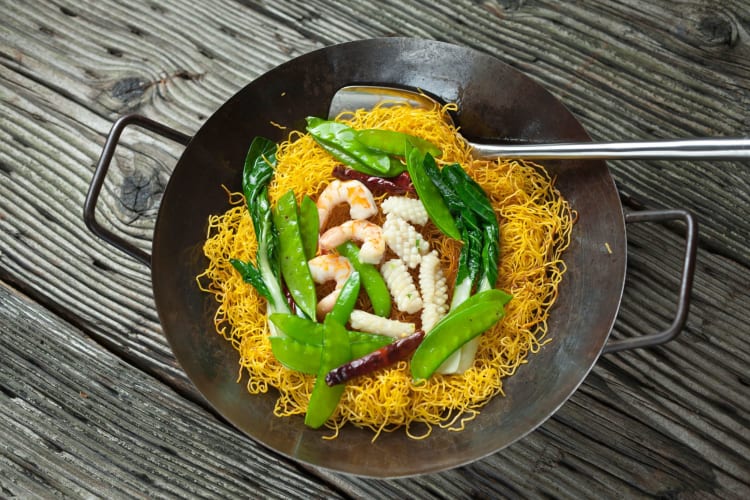
Learn How to Cook Chow Mein and Lo Mein
Now that you know the difference between chow mein vs. lo mein, why not learn how to make them yourself? No more takeout for you! You can learn how to make these dishes in cooking classes near you with the help of a world-class chef. Whether you’re taking cooking classes in NYC or Vancouver, you’ll be learning the difference between chow mein vs. lo mein in no time. You can even take online cooking classes and learn from home.
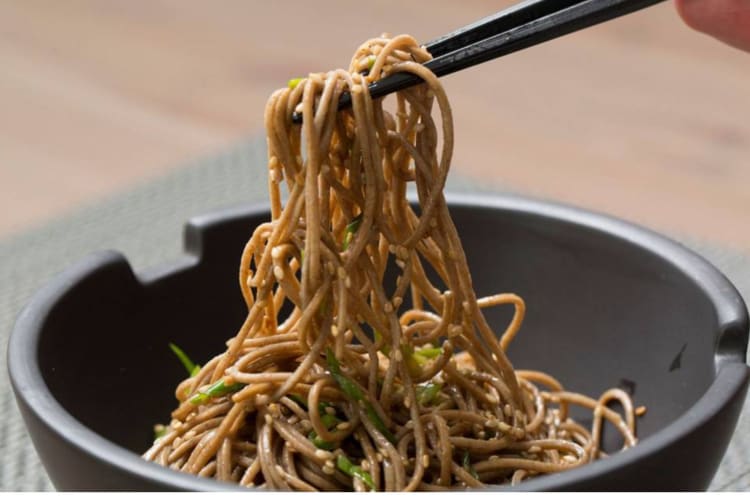
The differences between chow mein vs. lo mein may seem minor, but once you make both dishes on your own, you’ll see how different they really are in terms of flavor and texture. Now it’s time to get cooking.
For even more ways to explore your favorite foods, check out other experiences happening on Cozymeal.



FOOD FOR THOUGHT?
Join the conversation.